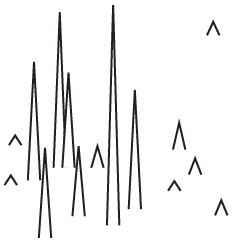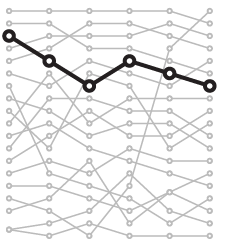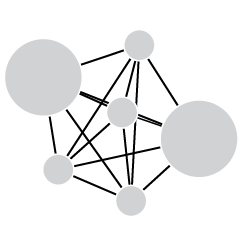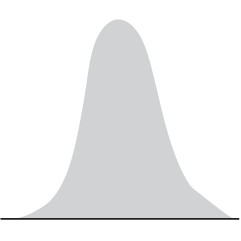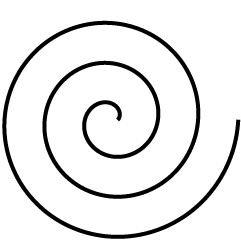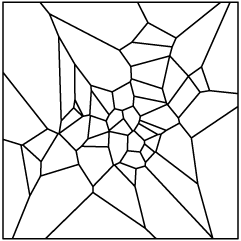 Okay, I sort of dropped the ball on this one. I have a free pass up for grabs to the O’Reilly Strata Conference next week, February 1 to 3. Here’s the short description:
Okay, I sort of dropped the ball on this one. I have a free pass up for grabs to the O’Reilly Strata Conference next week, February 1 to 3. Here’s the short description:
Unprecedented computing power and connectivity are bringing new layers of experience to our lives in how we manage and present data sets of all sizes.
Throughout three days of training, breakout sessions, and plenary discussions, O’Reilly Strata connects the decision-makers, practitioners, and leading vendors from enterprise and the web who are at the leading edge of this space. Topics include data science, acquisition, organization, machine learning, visualization, and more.
Want to win the free pass? Leave a comment below by Friday, January 28, 2011 at 7pm PST. Tell us what super power you’d want if you could only pick one. I’ll pick a comment randomly and email you the discount code. Please only enter if you know you can attend February 1-3 in Santa Clara, California. I’d hate the pass to go to waste.
If you don’t want to leave it up to the randomized gods and just want to register now, it’s not too late to do that either. You can register here and get a 25% discount. The program looks like it’ll be a good one.
Update: Congrats to Tyson! “I’d like to fly”


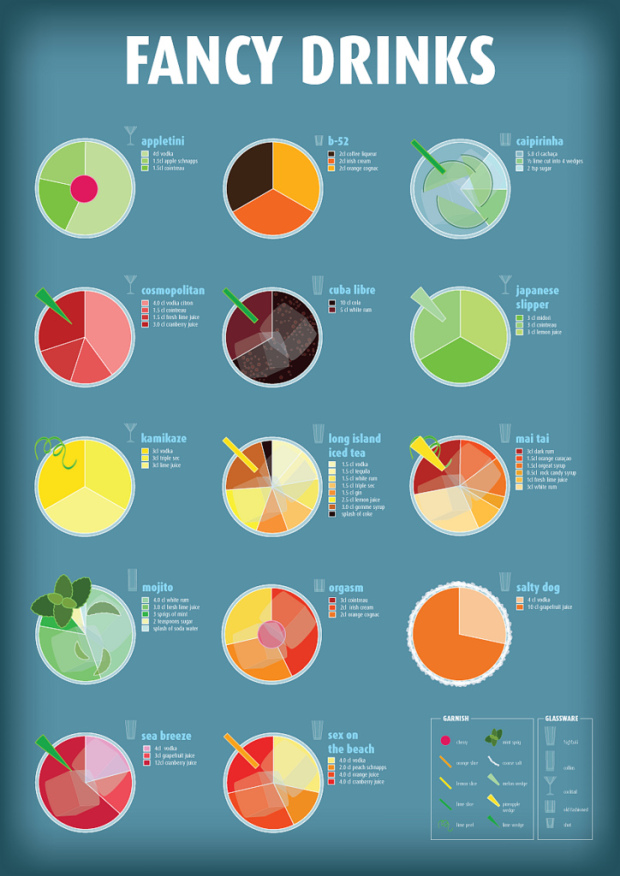
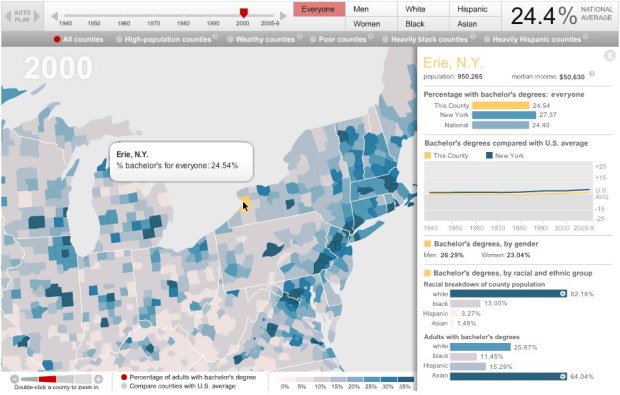

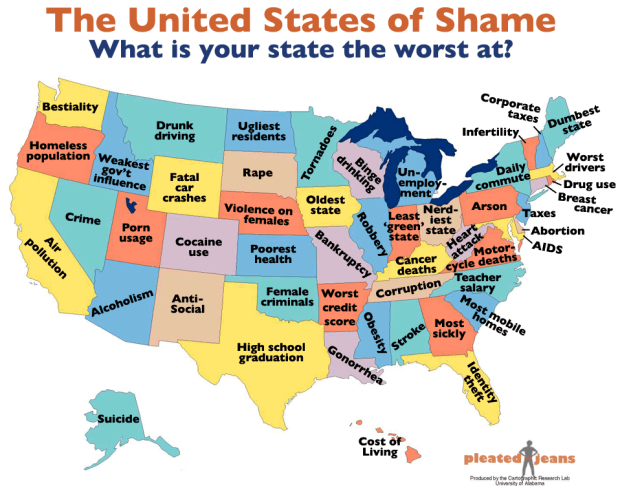
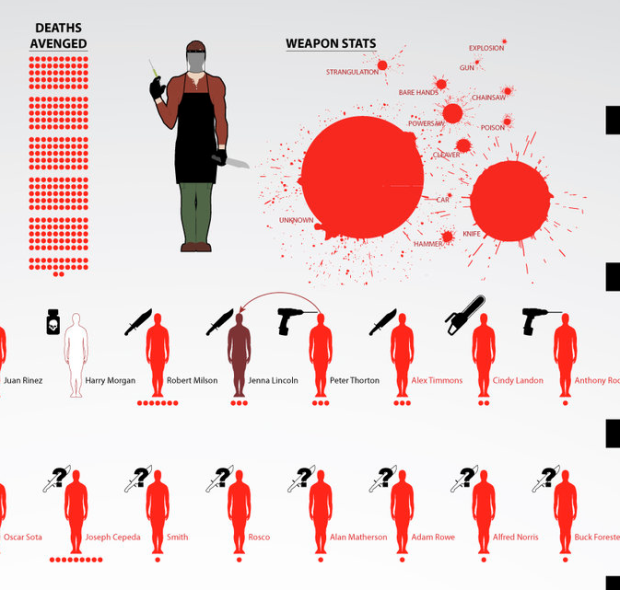
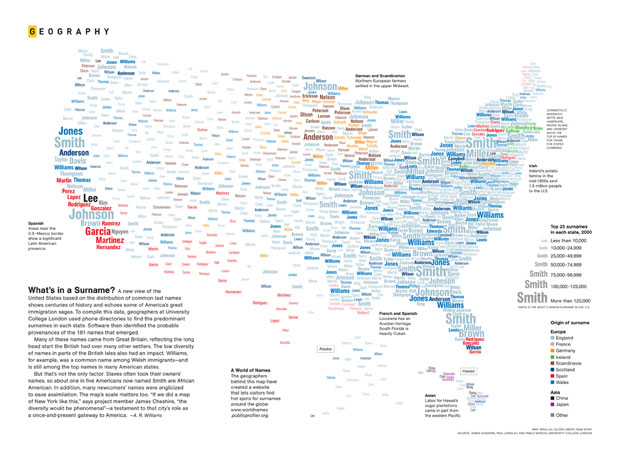


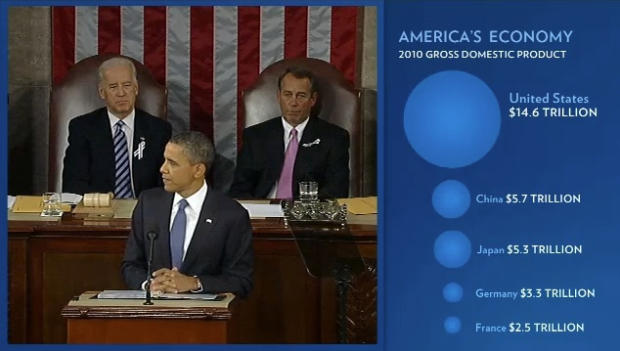

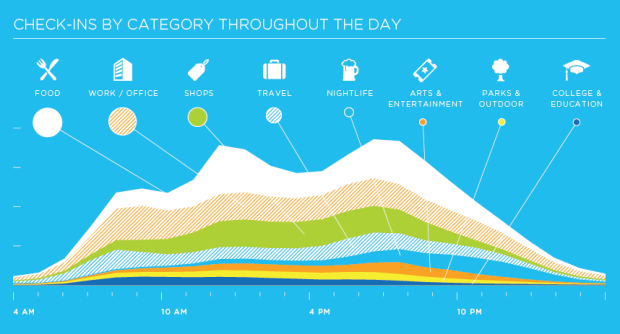
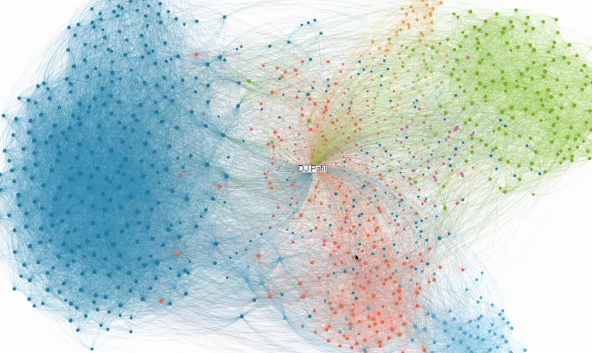
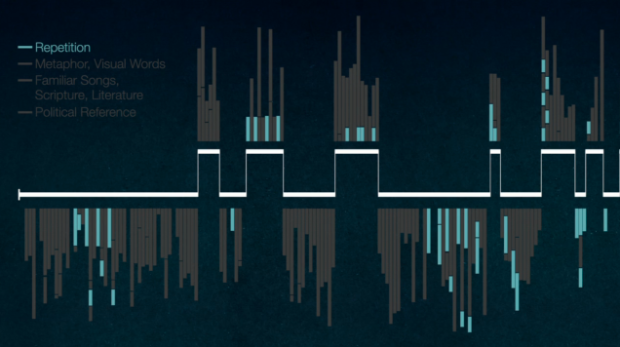
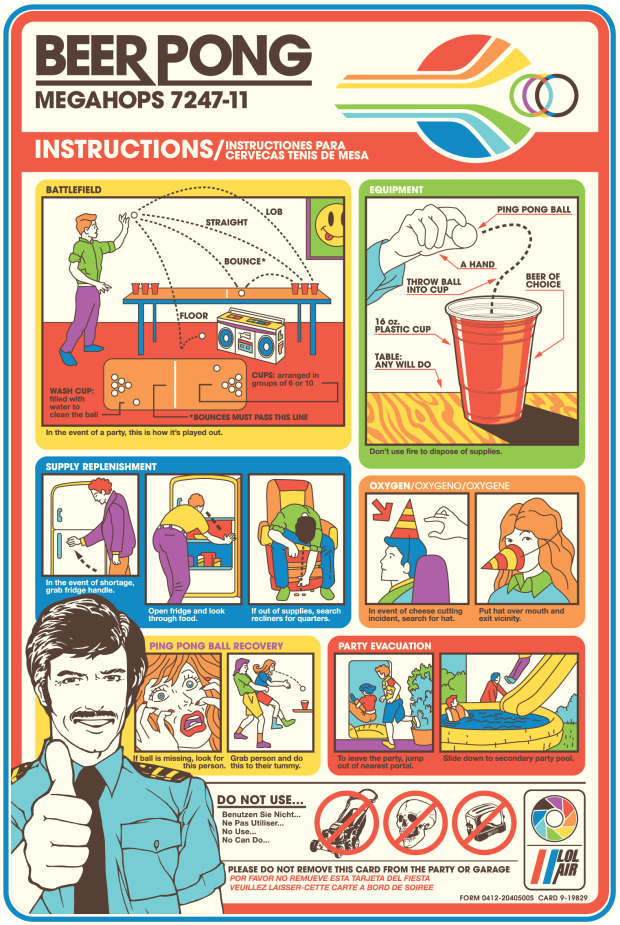
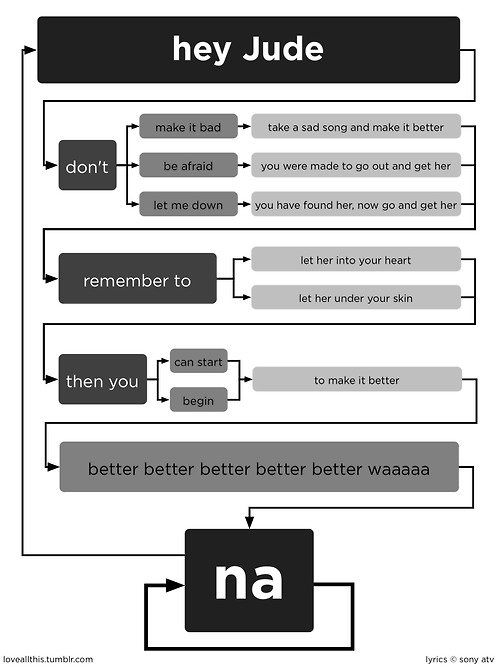
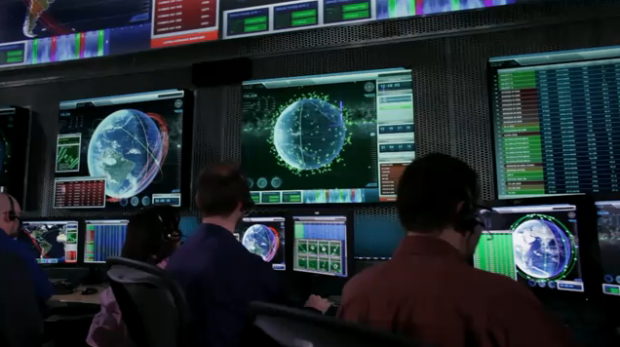
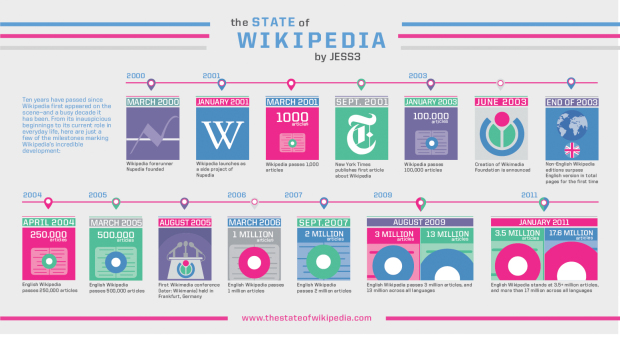

 Visualize This: The FlowingData Guide to Design, Visualization, and Statistics (2nd Edition)
Visualize This: The FlowingData Guide to Design, Visualization, and Statistics (2nd Edition)


